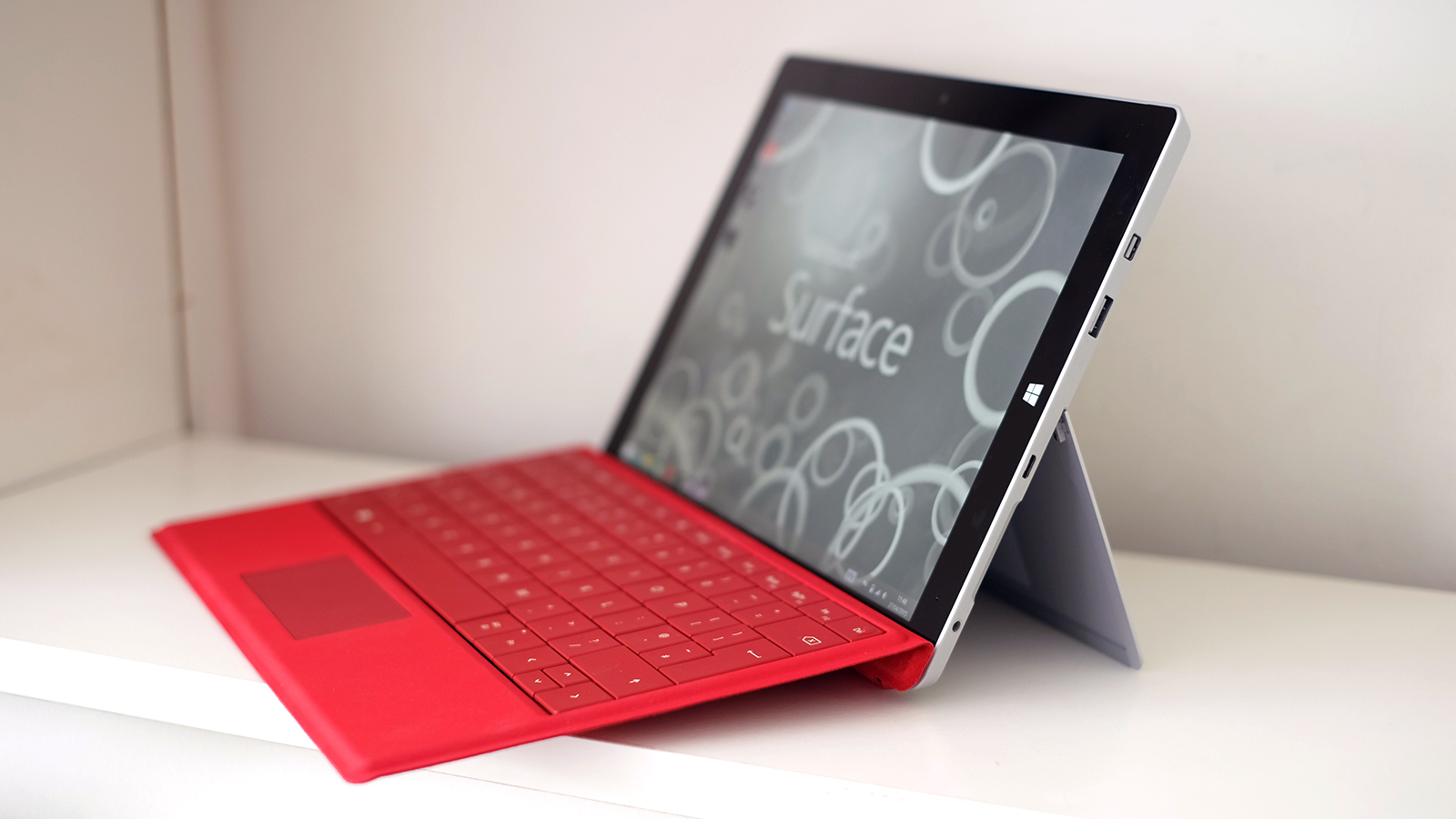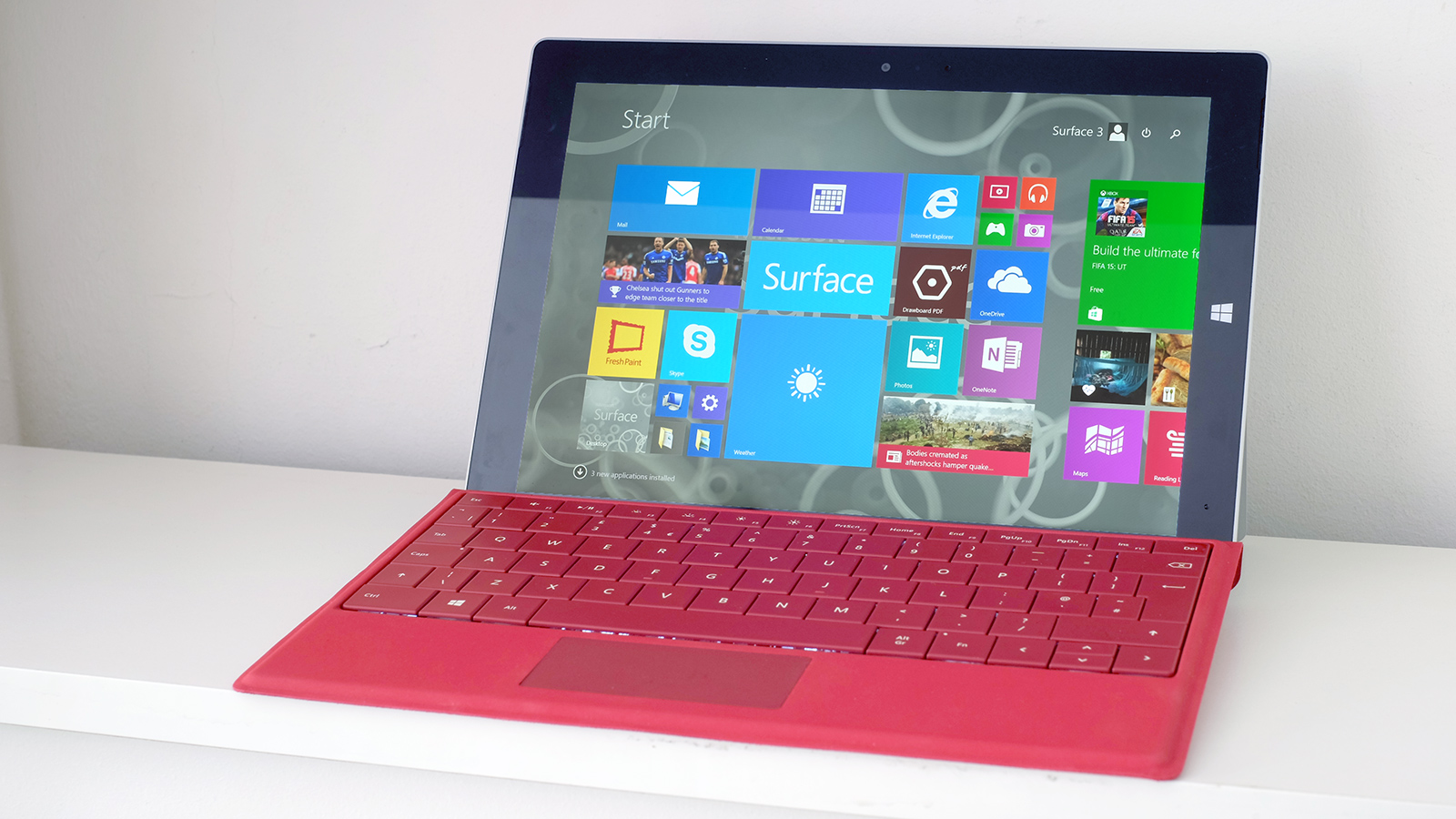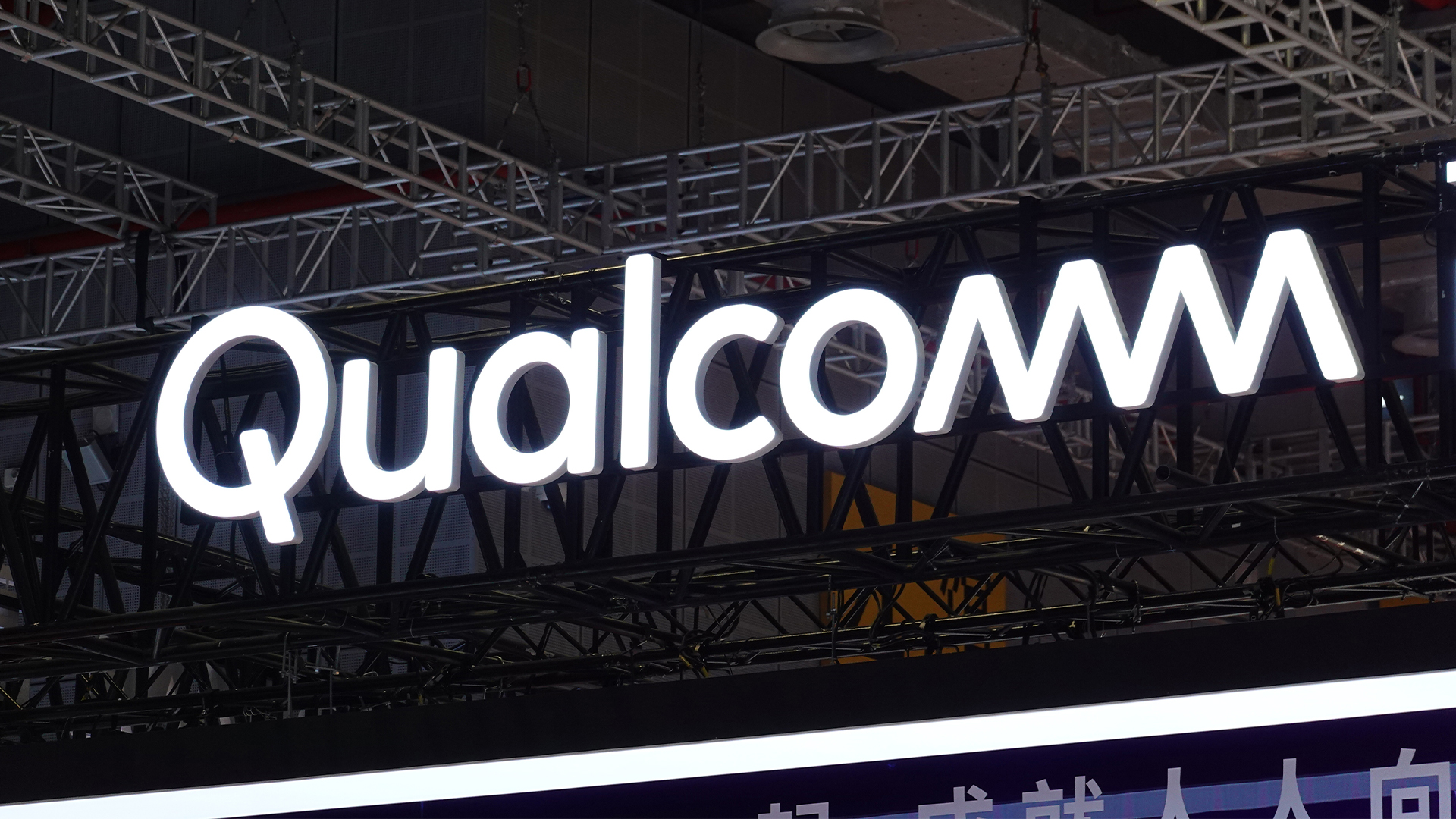Microsoft Surface 3 review
Will it be third time lucky for Microsoft's Surface?

The Microsoft Surface 3 is comfortably the best of the lower-cost Surface hybrids to date. The sum of improvements made to the hardware, both in the tablet part and the keyboard, and full Windows 8.1’s flexibility make it a very workable portable companion to a more powerful desk-bound laptop or desktop.
-
+
Good screen quality; greatbattery life; strong removable keyboard
-
-
Low CPU and storage performance; limited RAM; Fiddly to use on lap
Power
While the Atom series has come along significantly in the last year, some limiting of expectations is recommended here. The Surface 3 has a quad-core 1.6GHz Atom x7-Z8700, a highly efficient 14nm processor that ensures a fan system isn't needed.
For basic productivity and entertainment needs, the Atom CPU is sufficient. And, of course, this covers the vast majority of people's needs. Stay away from RAM-decimating labyrinthine spreadsheet macros and the Microsoft Office suite will perform fine. The Surface 3 comes with a year's subscription to Office 365, so that end is covered.
Benchmarks show it offers roughly 30 per cent lesser performance than Intel Core M series devices like the Asus ZenBook UX305 and the latest 12-inch MacBook. In Geekbench 3 it achieves 3100 points, in PC Mark 7 2437 points.

Given the Atom x7 is the budget alternative to the Core M series, this performance gap is both predictable and acceptable.
In general use, the Surface 3 is smooth and fast, but has limits that become quite apparent when tested. Lighter users will likely stumble over them when running many apps at the same time, although this is down to the system's limited RAM rather than CPU performance. 2GB and 4GB versions are available, and the higher RAM version is strongly recommended. While testing was actually crash-free, even the 4GB version became noticeably becomes a little less smooth when doing many things at once.
Neither version has the power to perform video editing or any significant image editing either, not without trying the patience at any rate. This comes down to a whole series of hardware limitations. First, RAM of 4GB is relatively paltry. Next, the CPU power just isn't enough to make the processor-intensive tasks viable, and the SSD performance will also be a huge barrier.
Sign up today and you will receive a free copy of our Future Focus 2025 report - the leading guidance on AI, cybersecurity and other IT challenges as per 700+ senior executives
-
 Qualcomm the data center with $2.4 billion Alphawave Semi acquisition
Qualcomm the data center with $2.4 billion Alphawave Semi acquisitionNews The move sees Qualcomm absorb Alphawave Semi’s portfolio of custom silicon, high-speed connectivity solutions, and chiplets
By Daniel Todd Published
-
 ‘If software development were an F1 race, these inefficiencies are the pit stops that eat into lap time’: Why developers need to sharpen their focus on documentation
‘If software development were an F1 race, these inefficiencies are the pit stops that eat into lap time’: Why developers need to sharpen their focus on documentationNews Poor documentation is a leading frustration for developers, research shows, but many are shirking responsibilities – and it's having a huge impact on efficiency.
By Ross Kelly Published
-
 OpenAI says GPT-5.2-Codex is its ‘most advanced agentic coding model yet’ – here’s what developers and cyber teams can expect
OpenAI says GPT-5.2-Codex is its ‘most advanced agentic coding model yet’ – here’s what developers and cyber teams can expectNews GPT-5.2 Codex is available immediately for paid ChatGPT users and API access will be rolled out in “coming weeks”
By Ross Kelly Published